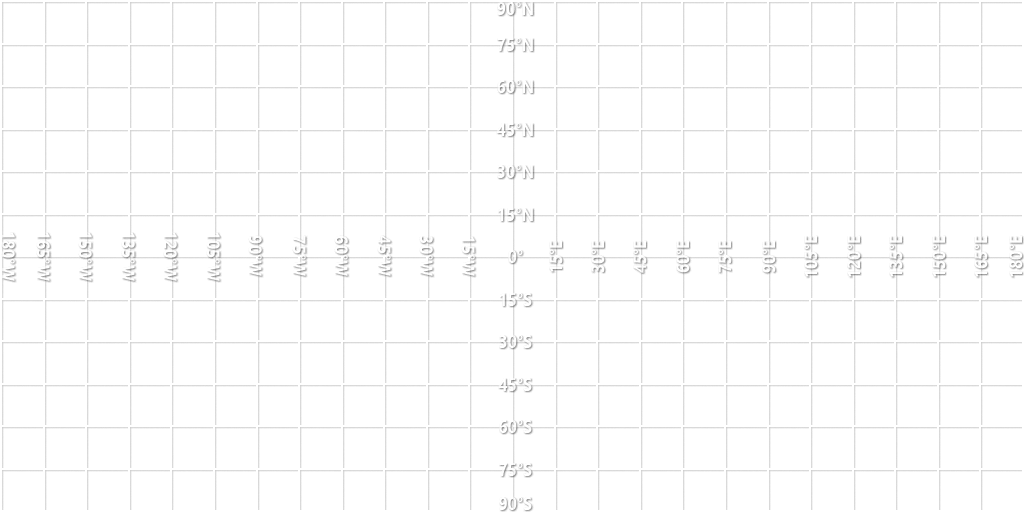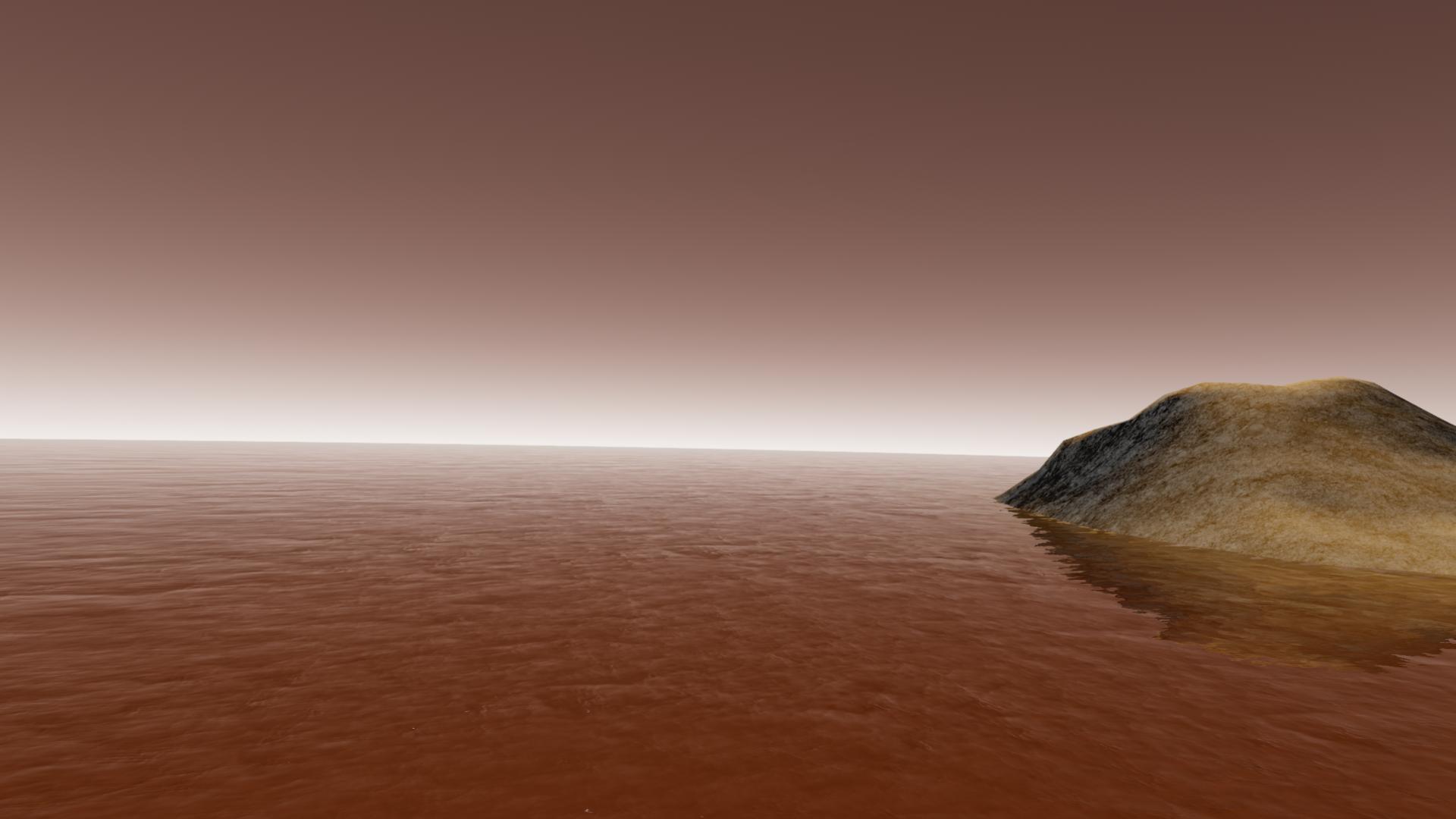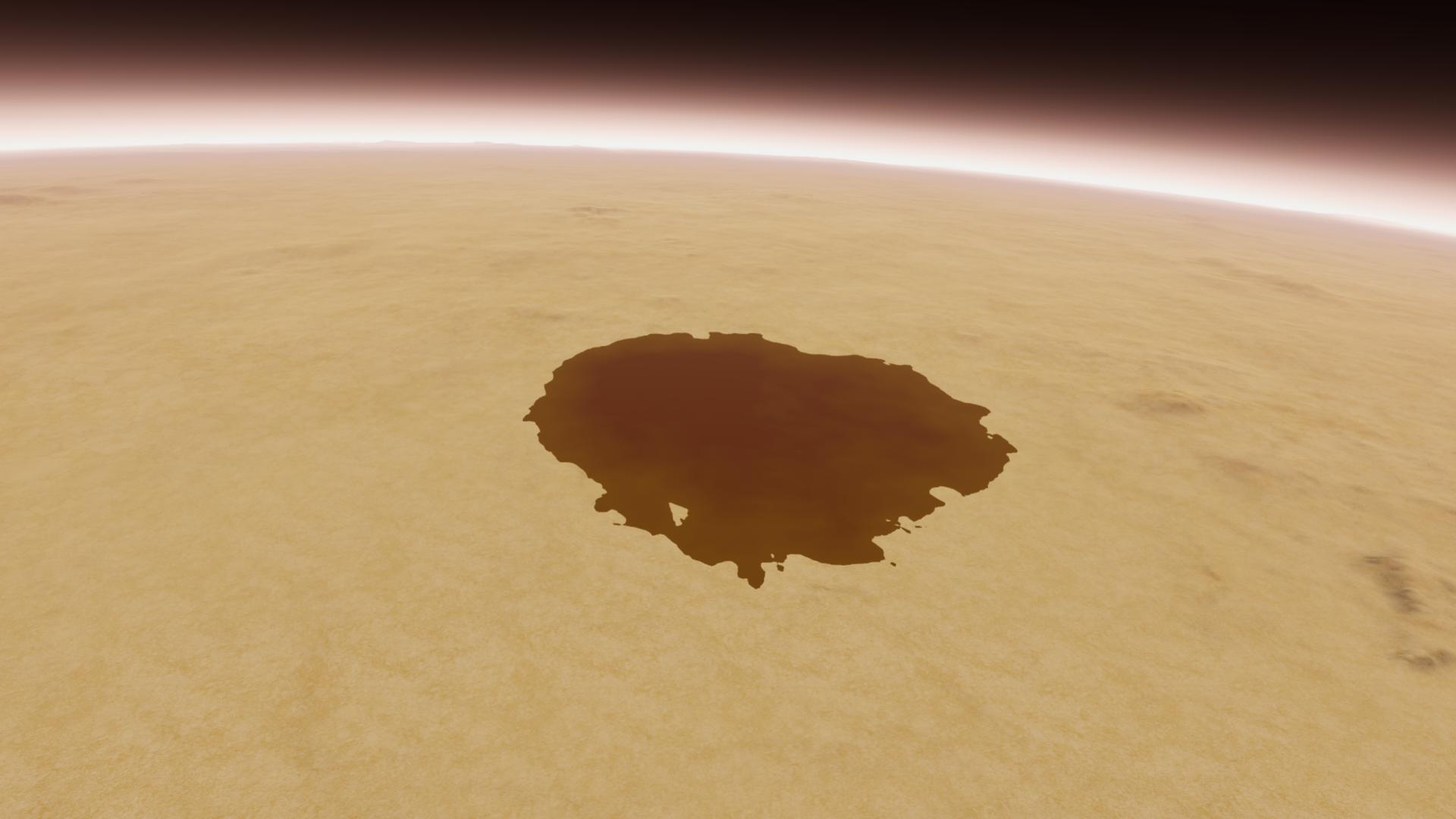[NOT INCLUDED IN THE REVITALIZED]

Other Name(s): [None]
Pronunciation: Dare - oh - fuss
Class:
Cool Lacustrine Sub Aquaria
General Characteristics:
Earth Masses: 0.0393 mE
Earth Radius: 0.371 rE
Density per cubic centimeter: 4.25 g/cm^3
Average Temperature: ~217k
Surface Gravity: 2.81 m/s^2
Age: ~3.074 SBY
Orbital Characteristics:
Orbital Parent(s): Arkkanna
Orbitable Period: 60.5 SD
Semi-Major Axis: 0.0315 AU
Orbital Eccentricity: 0.0012°
Orbital Inclination: 0.0275°
Rotational Period: 8.3901 SD
Planetary Obliquity: 19.7229°
11th moon from Arkkanna, in between the orbits of Rauman and Jou'lian.
Derophus resembles a lot like the moon of Titan from the Solaris System. It is speculated that such moons are common. The low temperature is due to the weakening core, cooling, causing less activity and ultimately cooling the moon entirely.
Derophus has quite the resemblance to Titan from the Sol System. To recap, Arugan Moons are the set of moons beyond the orbit of Kothrann; such moons are smaller, colder, and more desolate since there was less material out there than in there. Derophus is the biggest moon of all the Arugan Moons, hence the title. Its atmosphere is quite thick for a moon of its size..
It's core is suffering a similar fate to Vortìs, albeit much faster since the tidal forces are weaker and there is not much to slow it down. Derophus has small oceans or large lakes made of a solution of hydrogen peroxide, water, and ethane.
Natural Satellites:
Retissinus
Total Amount of Natural Satellites:
| Major: 1 | Minor: 2 |
In the end, Derophus will truly be the Titan of the Arugan Moons, for however time will allow.
GENERAL INFO
- Created On: Windows
- Game Version: 1.2.212.0
CHARACTERISTICS
- Radius: 2,364 km
- Sea Level: -2,000 m
- Surface Gravity: 2.8 m/s
- Rotational Period: N/A
- Escape Velocity: 3.64 km/s
- Mass: 2.35E+23kg
Atmosphere
- Height: 39 km
- Scale Height: 5,578 m
- Surface Air Density: 1.120 kg/m3
- Surface Temperature: 236 K
EQUIRECTANGULAR MAP

20 Comments
- Log in to leave a comment
-
-
-
-
-
3,775 KasaneTetoAerospace+1 1.3 years ago
https://www.simplerockets.com/c/l87u67/M-A-R check this, i was editing it long learning how
-
3,775 KasaneTetoAerospace+1 1.3 years ago
@Hyperant sorry i did not read that post before uploading something, thanks for your help it worked!
-
-
-
-
-
-
-
21.8k Tallisar1.3 years ago
Ok so near find the down arrow near the tags @AzureRain. Click it then select edit. You can only edit your stuff, whether it is forums, crafts, or planets, it must be yours.
-
-
-
-
11 Upvotes
Log in in to upvote this post.







It is a type of planet that has a liquid on a surface, like Titan or Earth, but in smaller amounts. Normally like Lakes @MatTheAerospacer